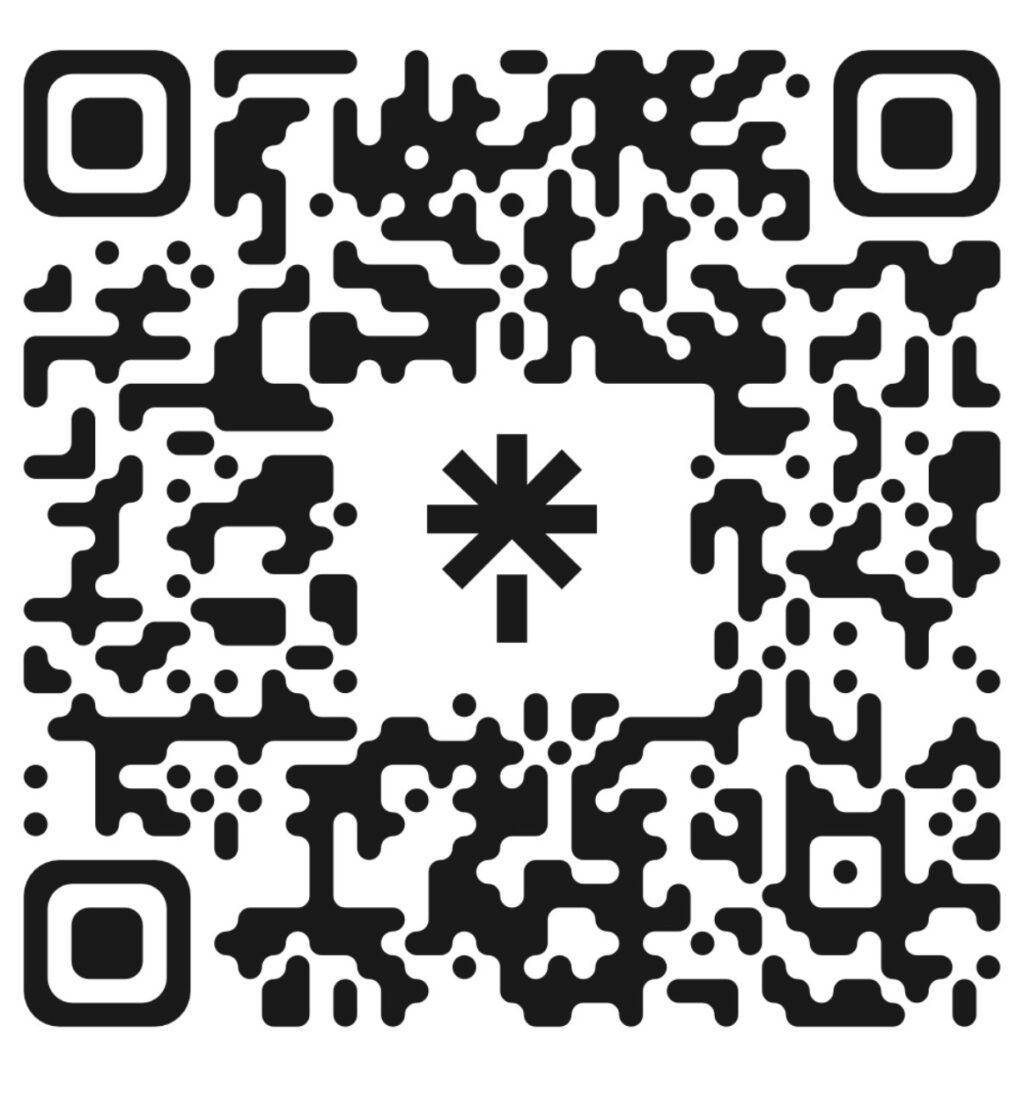

We are living in dark times. Armed conflicts, discrimination, hate crimes, political extremism, and the widening gap between the rich and poor are creating anger and unrest. Democracy is under attack in many countries, and the COVID-19 pandemic has caused immense suffering. On top of it all, the climate crisis threatens all life on Earth, with its devastating effects already being felt: melting ice, rising sea levels, extreme weather events, and increasingly destructive fires – even in the Arctic.
You may wonder: How can we still talk about hope?
It’s true that some days feel hopeless, and the challenges we face – greed, corruption, hatred, and prejudice – seem insurmountable. But in these moments, we are reminded of the extraordinary courage and determination of people fighting for justice, equality, and the environment. Even when they lose their lives, their voices resonate, inspiring us to believe in the ultimate goodness of humanity.
As Doug Abrams writes in The Book of Hope by Jane Goodall and Douglas Abrams, many people – especially the young – feel angry, despairing, or apathetic because we’ve compromised their future by relentlessly exploiting our planet’s finite resources. Yet, it is not too late.There is still a window of time to heal the harm we’ve done, but that window is closing. We must act NOW.
True hope is not passive wishful thinking. Real hope requires action and engagement. Even the smallest ethical actions matter because their cumulative effect can create meaningful change. Why would we act if we didn’t believe it could make a difference?
This is why we sing, why we take action, and why we invite you to join us in choosing hope – for the planet, for our children, and for future generations. Together, we can still make a difference.
Grannies invite you to:
- At events, start conversations with people outside your demographic—such as someone who is a person of color, disabled, or gay. Listen more than you talk and aim to make genuine connections. Invite them to your home to build friendships.
- Stay informed by following local & alternative news sources like the Spokesman Review, Range Media for in-depth local journalism, Jerry LeClaire’s Substack for concise analyses of how national and local government impact us, The Fig Tree.
- Sing. Music is magic. It touches a part of our brain and soul that is very basic and gentle. We hear the “beat” in the womb and it continues throughout our lives.
- Donate to food programs like 2nd Harvest & El Mercadito to support families depending on SNAP and immigrant families coping with hardships due to targeting by ICE and loss of resources. For El Mercadito bring nonperishable foods and personal hygiene items to Latinos en Spokane at 1502 N. Monroe (M-F: 11am-3pm).
- When you feel outraged, devastated, passionate, thankful, testify in a letter to the editor.
- Start local – Spokane Indivisible, PJALS, Spokane Coalition of Color, Spokane Community against Racism, Spokane Stands Up.
- Get the 5 Calls app on your phone and call your representatives.
- Join Showing Up for Racial Justice: newsletter at https://surj.org.
- Help display protest banners over the interstate: SpokaneVisBrigade-TogetherWeRise.
- Help immigrants at Nuestras Raices or Manzanita House.
- Support your neighbors in need, regardless of politics.
- Act it out. Street theater at events, in malls, and politicians offices can be effective action. Join the Funeral for Democracy events!
- Cultivate the habit of showing up. Show up for others, for calls for community action, for opportunities to learn and grow. Showing up becomes a way of life that leads to a meaningful life full of meaningful relationships and purpose and FUN!
MORE IDEAS ABOUT Something You Can Do













